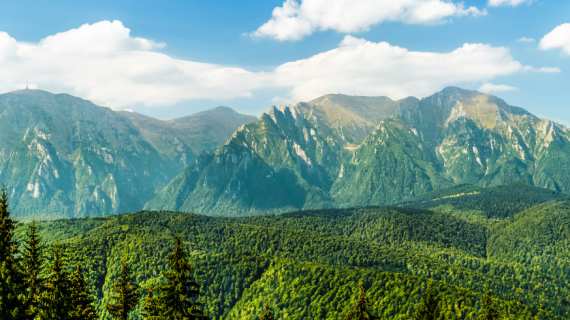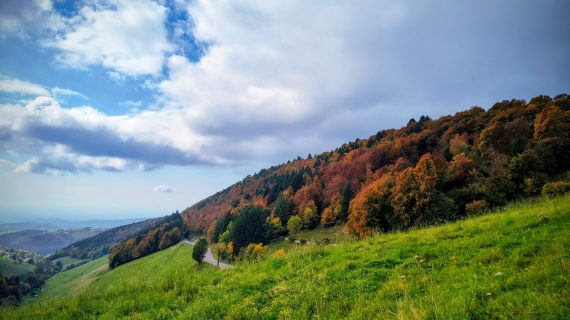Secular woods, waterfalls and sanctuaries between Emilia Romagna and Tuscany form a fascinating and evocative territory: it is Foreste Casentinesi, Monte Falterona, Campigna National Park, a real paradise for all of us who love nature.
What to see in Foreste Casentinesi, Monte Falterona, Campigna National Park
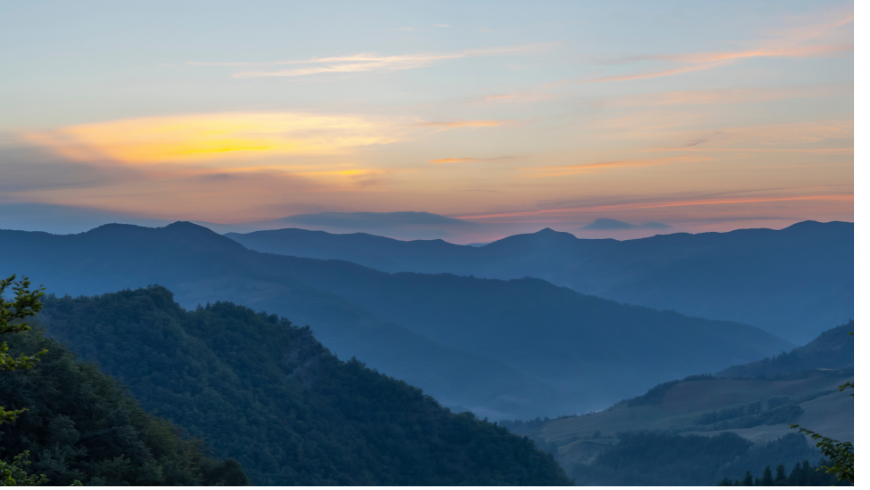
Established in 1993, the Foreste Casentinesi, Monte Falterona, Campigna National Park expands to over 36,000 hectares, 85% of which are covered by trees. It is the most wooded National Park in Italy and represents a unique natural heritage of inestimable value.
From the sweetest woods alternating with the pastures and cultivated fields of Tuscany to the steep slopes covered with dense woods on Romagna side, the National Park has much to offer its visitors.
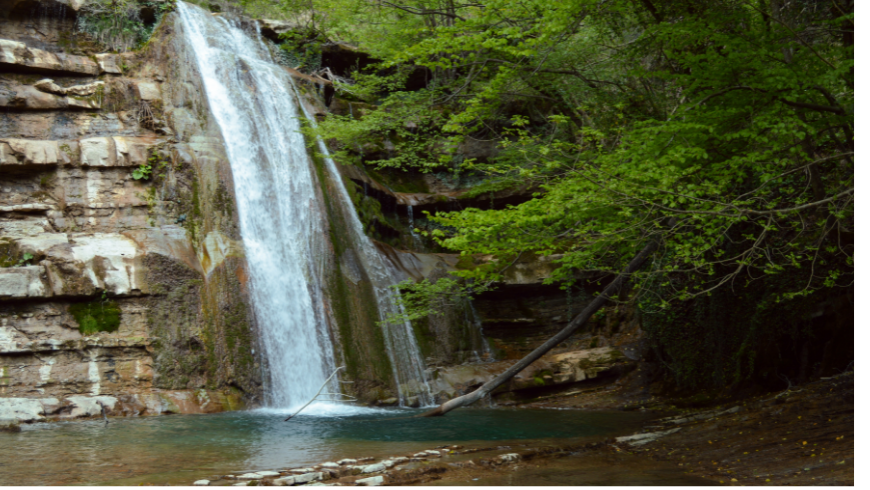
One of the symbols of the Park and therefore an unmissable place during every holiday nearby it’s the Acquacheta Waterfall. Described by Dante in his Inferno, it leaves you breathless: here the river leaps 70 meters. Also enchanting is the artificial lake of Ponte, located in one of the most natural and full of paths area in the Park. The Lake degli Idoli is the most important Casentino archaeological site; countless testimonies of the Etruscan world have been collected here.
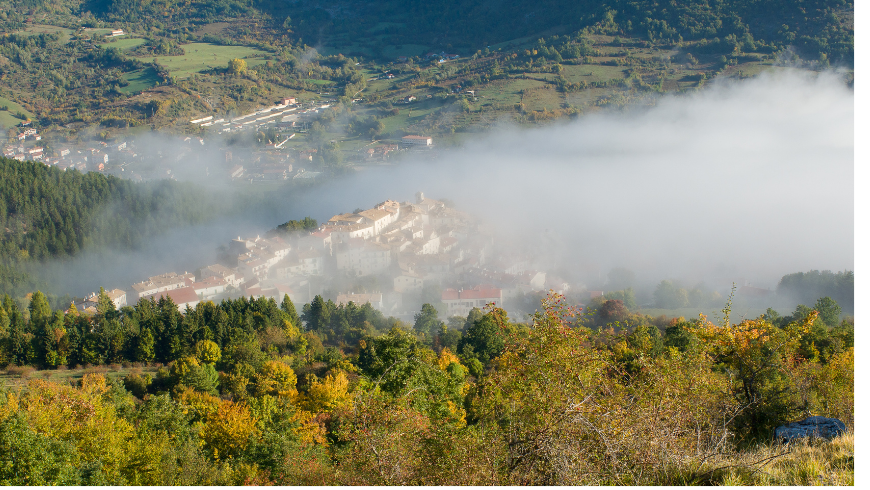
La Verna is an extraordinary place that is definitely worth a visit. Inextricably linked with St. Francis, the sanctuary is as one with the natural sculpture of the rock. Here nature is wild, but also poetic and spiritual.
Another famous place in the Park is Camaldoli, founded a thousand years ago by San Romualdo. In the heart of the national park you can find the Sasso Fratino nature reserve, the first integral nature reserve of Italy, that is a protected area where no type of anthropogenic activity is allowed, beyond scientific research.
The animals you can meet while exploring the Park
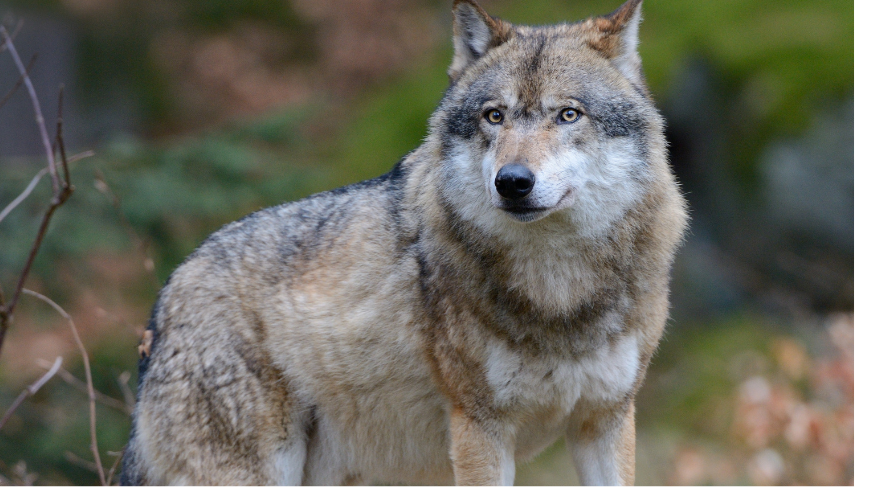
In its dense woods, the Foreste Casentinesi, Monte Falterona, Campigna National Park is home to a large variety of wild animals. The dear, the roe deer, the fallow deer, the wild boar, the mouflon and the wolf, the largest predator in the area, stand out. Numerous birds also live here, such as golden eagles, owls, woodpeckers and peregrine falcons.
The flora of Foreste Casentinesi, Monte Falterona, Campigna National Park
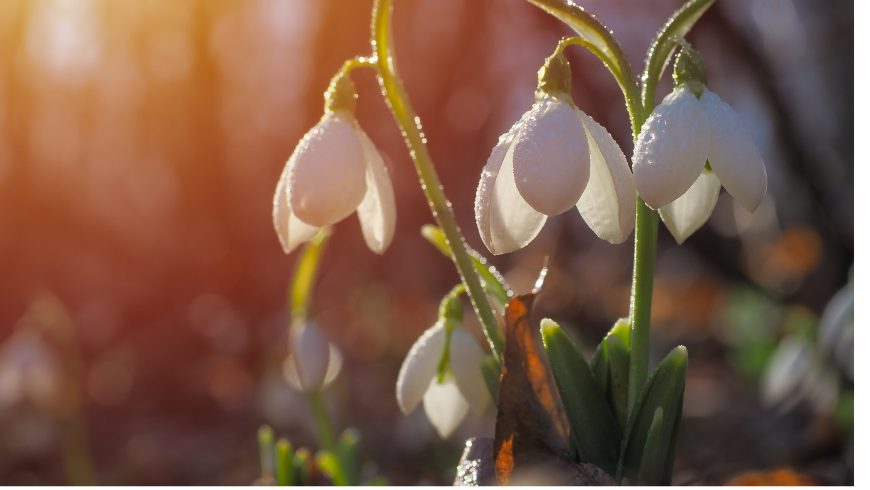
You’ll be surprised by the park also for the variety of its vegetation. Ash, holly, oak, chestnut, mountain maple create beautiful color palettes in autumn. Foreste Casentinesi National Park is in fact an unmissable destination for those who love foliage. But what makes the flora of the territory truly unique are the over 1000 herbaceous species present. The Oxycoccus, the Viola di Eugenia, the Snowdrop are just a few examples.
The typical flavors of this magical territory
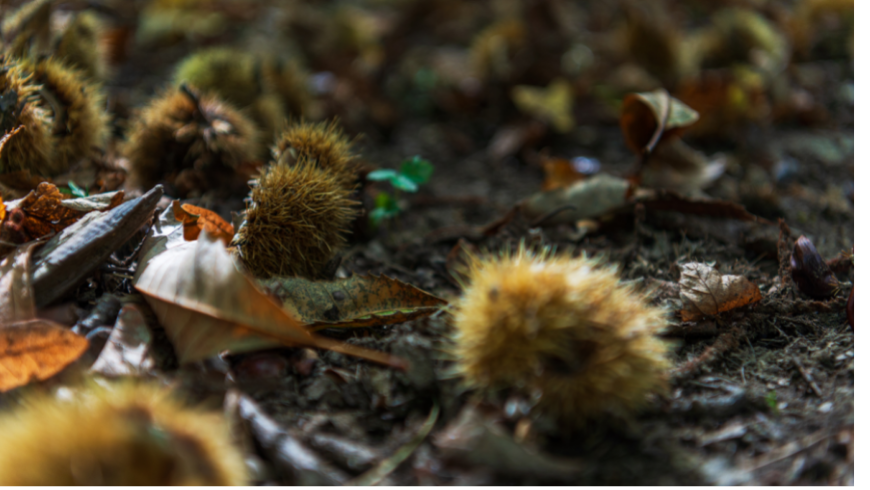
Truffles, chestnuts, porcini mushrooms and honey are just some of the products of the rich gastronomic tradition of Foreste Casentinesi, Monte Falterona, Campigna National Park. The many trattorias in the area will offer you the chestnut soup, the typical Tuscan appetizer, tortelli alla lastra or cappellacci with nettle. And you will fall in love with this land with every bite.
Your green stay in the National Park
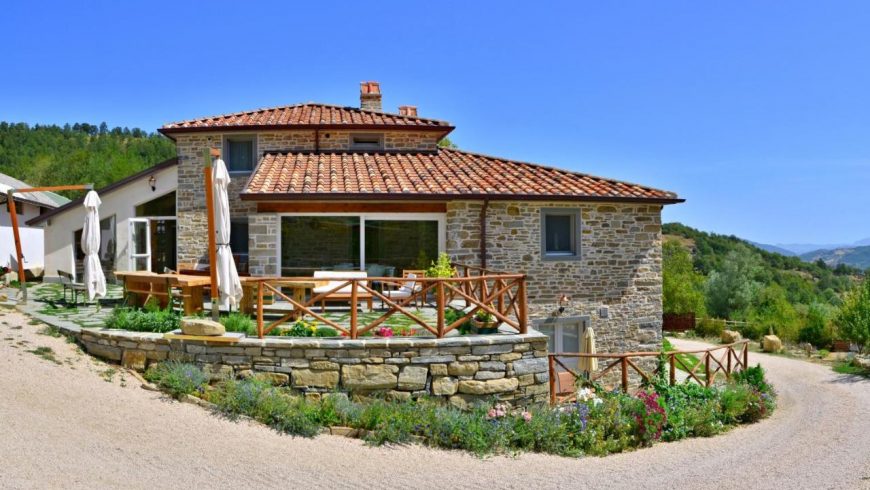
In Foreste Casentinesi National Park, various eco-friendly accommodations await you. For example, there is La Fattoria dell’Autosufficienza, a center of applied ecology, the Casale Camalda, organic farmhouse obtained from an ancient Tuscan Apennine rural complex or the Poderone Farmhouse.
The best hiking trails
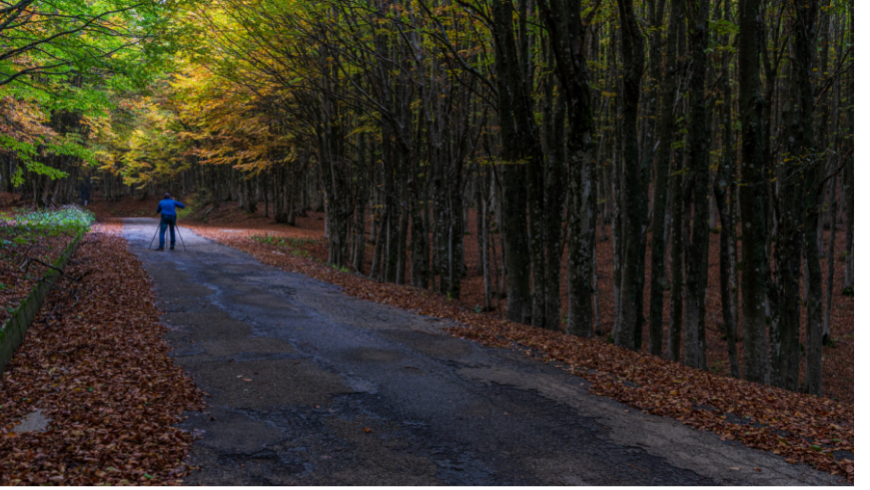
With its vast network of over 600 km of trails, the Park offers endless hiking possibilities for everyone. From experts to those who try trekking for the first time, the Park satisfies everyone. Among the many possibilities, I recommend the route that takes you to the aforementioned Acquacheta Waterfall. To discover all the other trails you can use the PNFC Trekking Map App or consult this map.
Nature, spirituality, cuisine, hospitality… in this wonderful National Park you can find everything you search. Visiting it means getting richer, maybe changing forever.
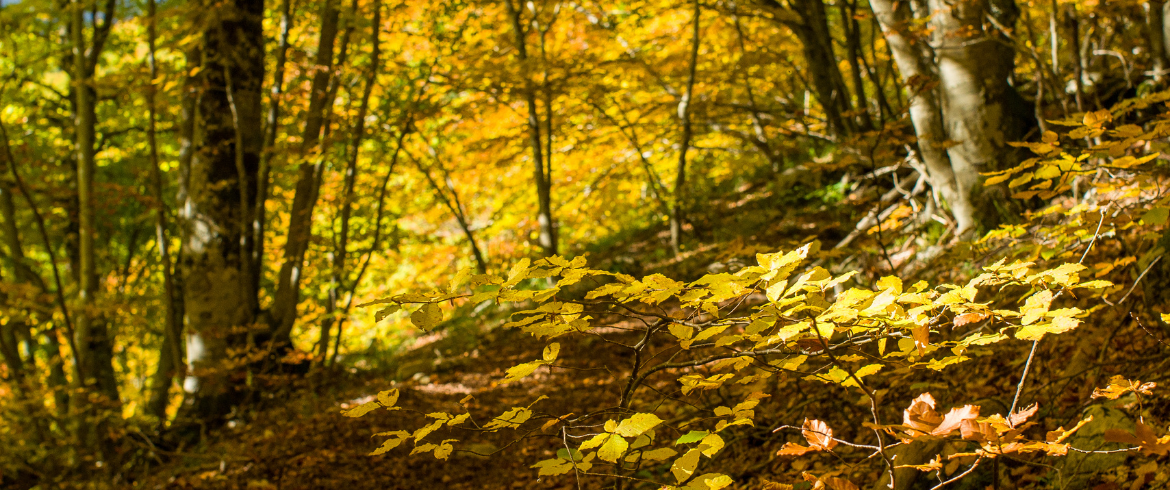
 La Fattoria dell'Autosufficienza – Green Farm house in Bagno di Romagna, Forlì-Cesena, Emilia-Romagna, IT
La Fattoria dell'Autosufficienza – Green Farm house in Bagno di Romagna, Forlì-Cesena, Emilia-Romagna, IT 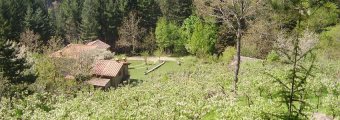 Bioagriturismo Casale Camalda – Green Farm house in Bibbiena, Arezzo, Toscana, IT
Bioagriturismo Casale Camalda – Green Farm house in Bibbiena, Arezzo, Toscana, IT 